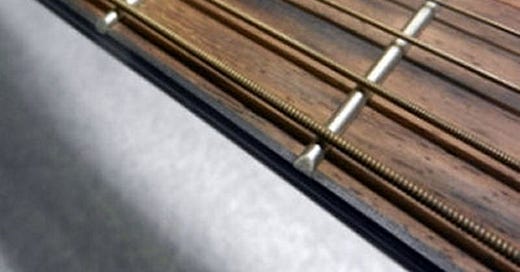Figuring out chords by listening to them and...
Using the process of elimination. [Beginner lesson]
When I do ear training with my guitar students, one of the first things we talk about is how to figure out a chord just by listening to it. Of course, this is an acquired ability as it takes time to learn how to recognize the chords you may already know how to play on the guitar. To be able to do this without actually seeing the chords being played, is …
Keep reading with a 7-day free trial
Subscribe to SoundHole Guitar Lessons to keep reading this post and get 7 days of free access to the full post archives.





